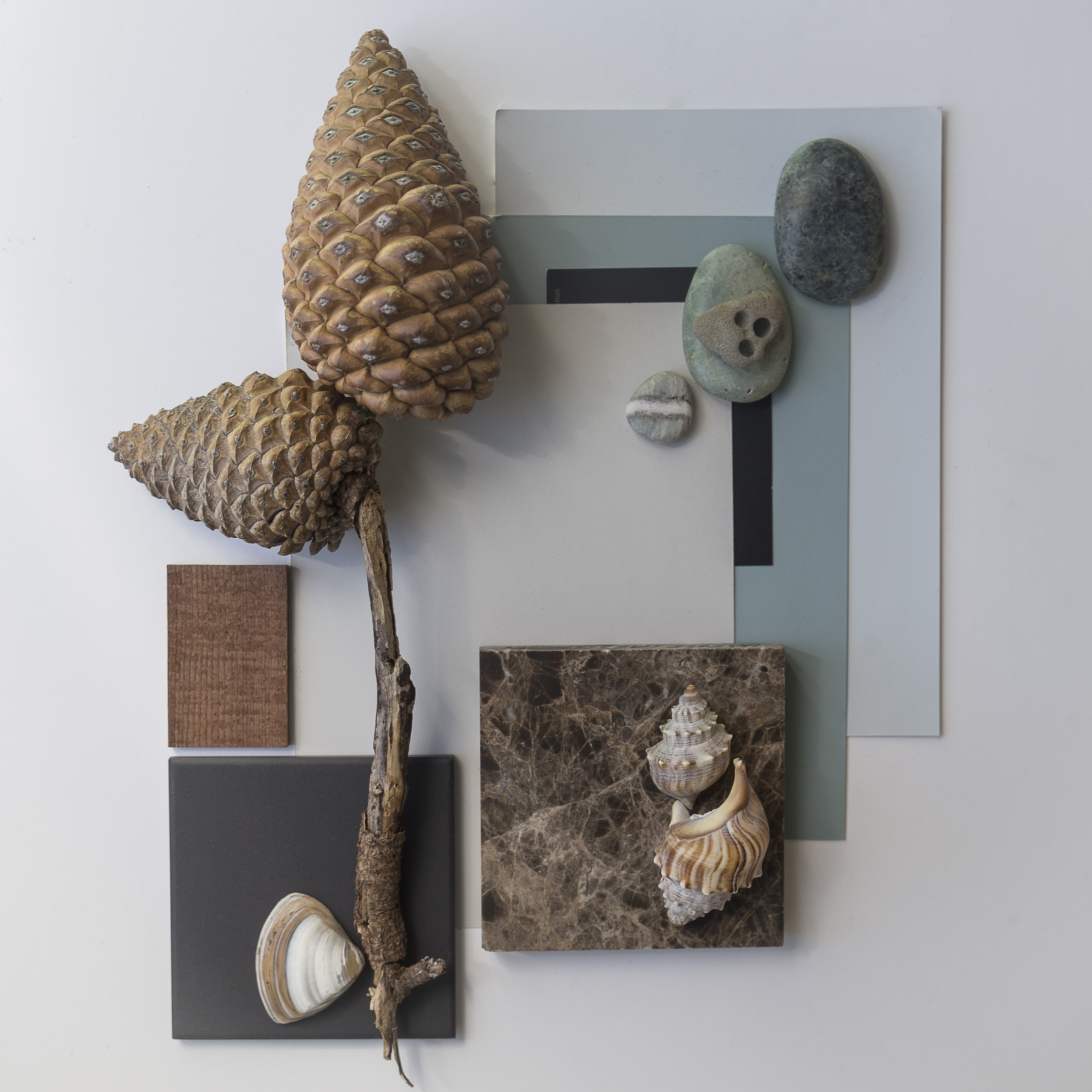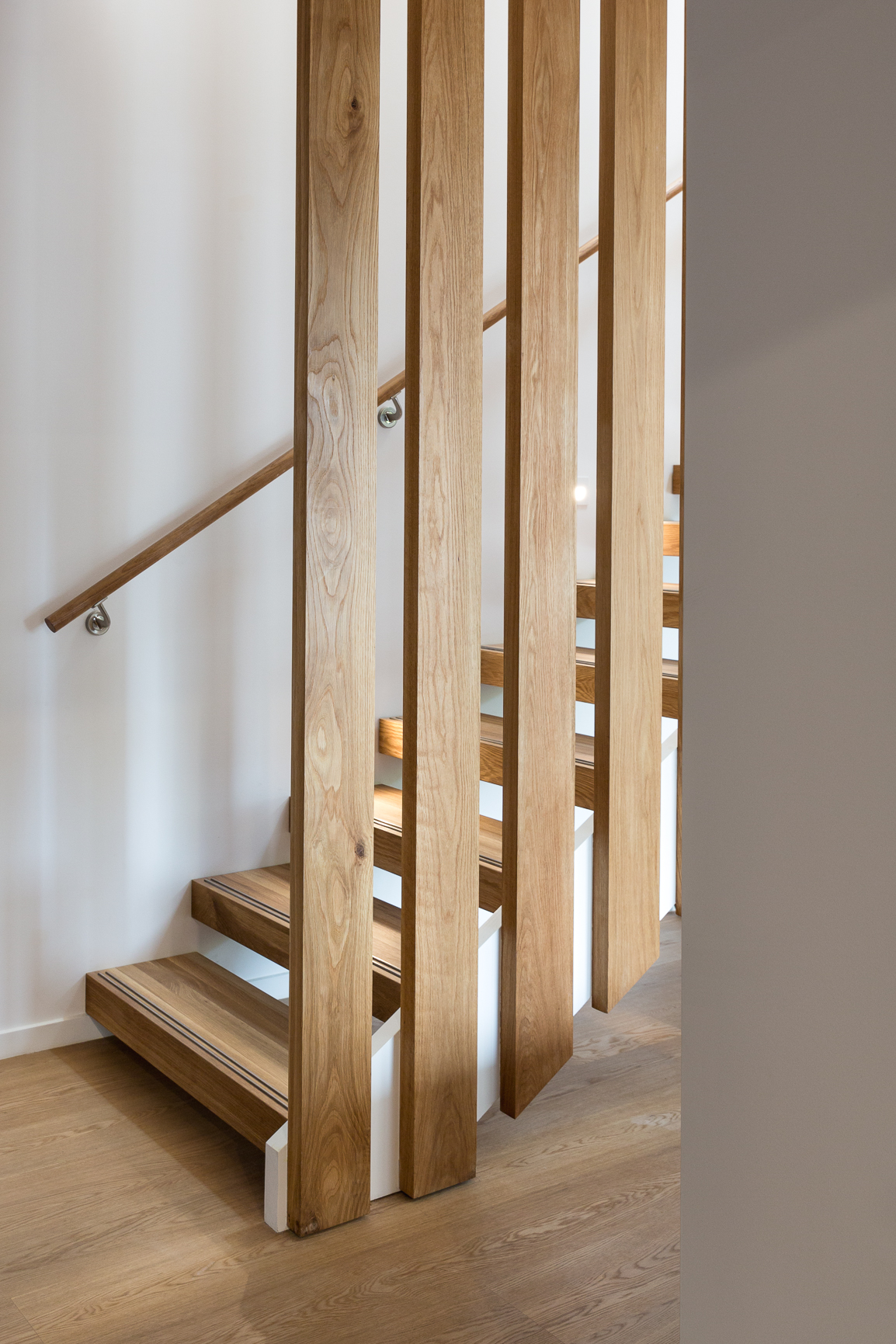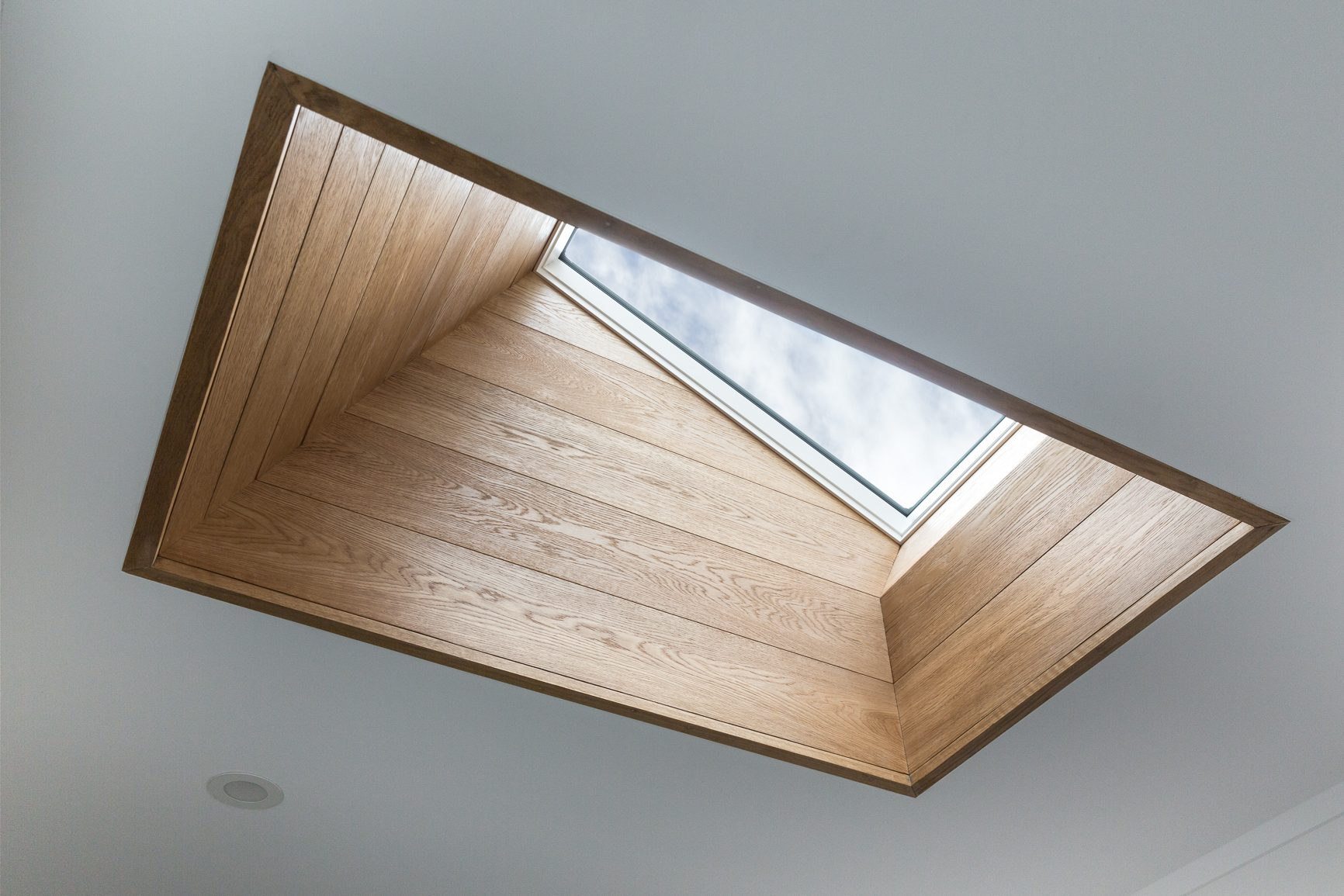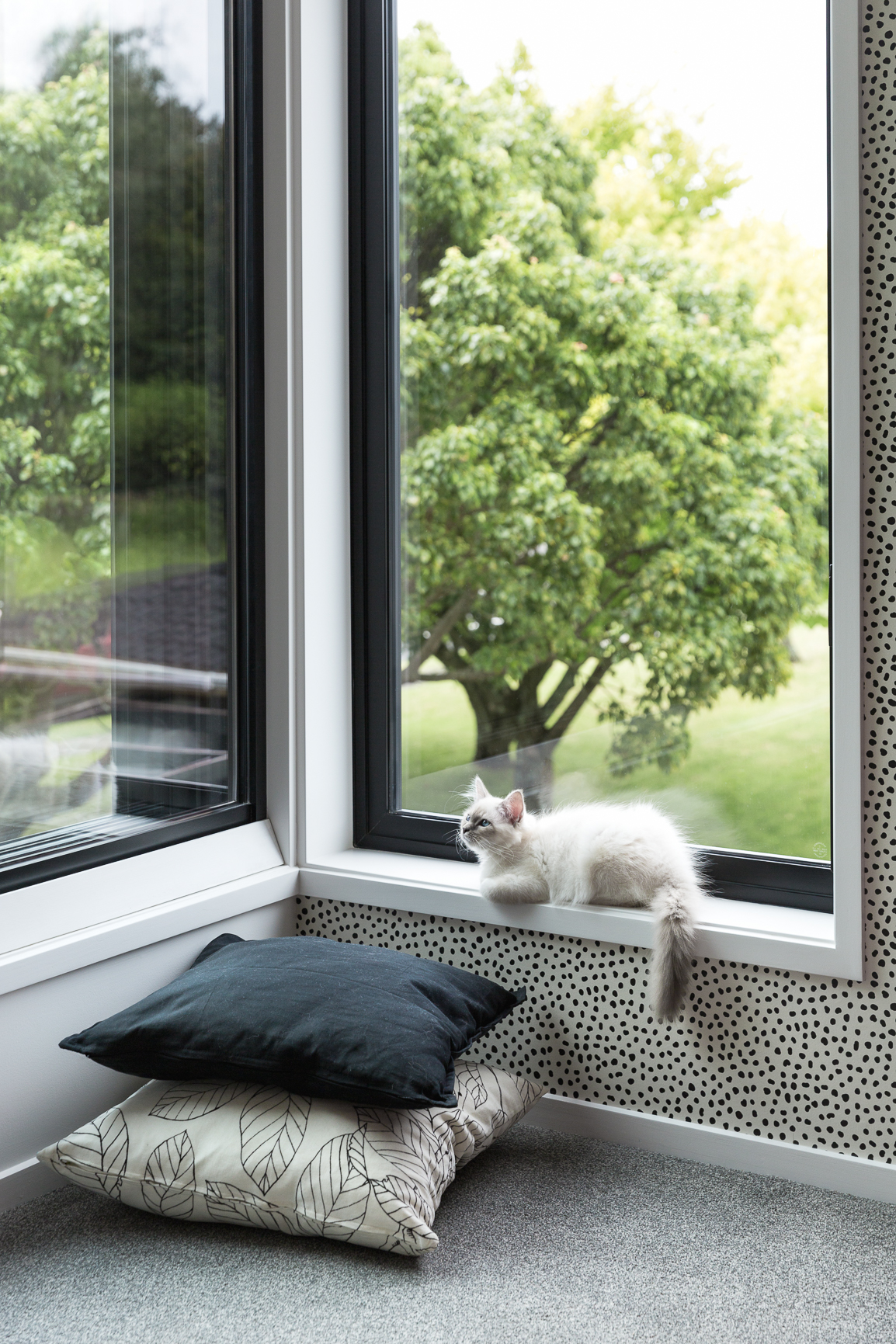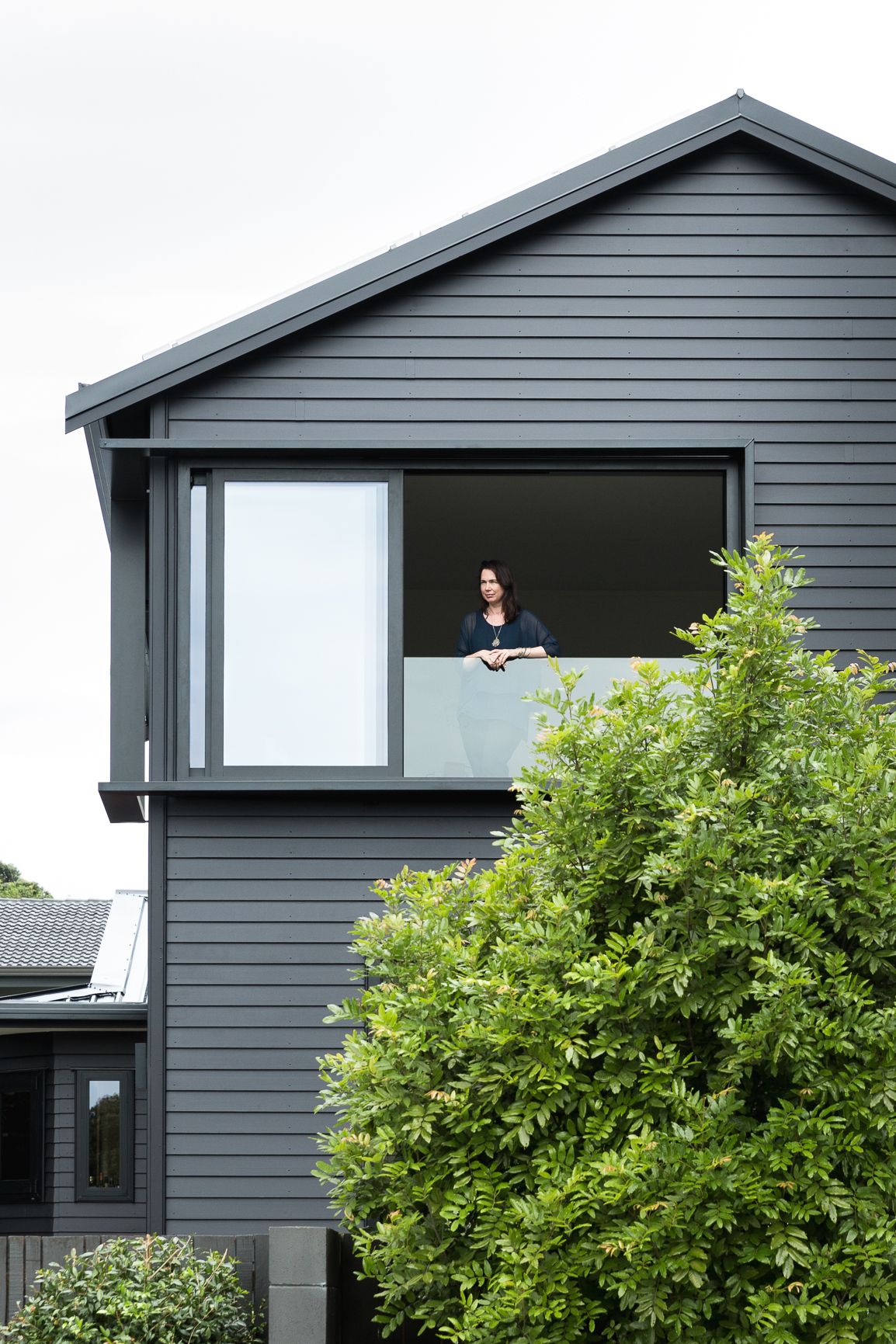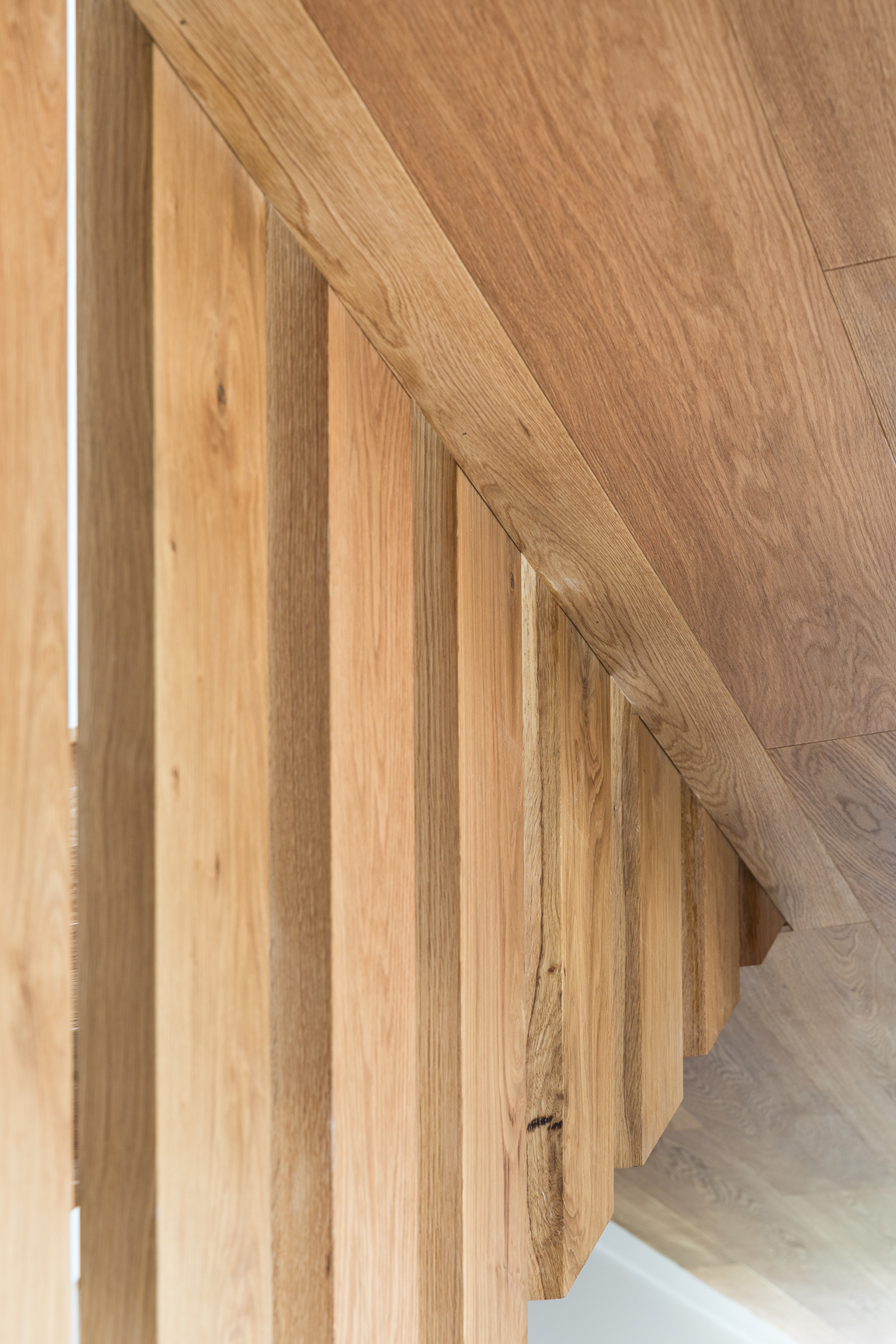Biophilic Design
As humans we have an innate and deep need to connect with and experience nature. Just as our wellbeing requires food, air and community, it thrives on a psychological connection with the natural world. This applies to all aspects of our living environment – from the design of a room, to the way our houses, places of work and cities respond to our needs and the environment they are located in.
The integration of this understanding into the design, materials and layout of a building is important to create an emotional attachment to settings and places, and to encourage our psychological wellbeing and performance.
What
Biophilic design was described by Edward O. Wilson in 1984 as the “the innate tendency to focus on life and lifelike processes”. This philosophy adopts aspects of the natural world to contribute to human health, wellbeing and performance in the built environment. It is about creating ecosystems that benefit us and designing effective habitats that work as an integrated whole. Spaces need to be inspirational, restorative and healthy, as well as functional and responsive to the ecosystem in which they are located in. At its essence it must nurture a ‘love of place’.
Why
The benefits of Biophilic Design principles have been researched over the years through several scientific studies . It has been proposed that our engagement with nature reduces stress, enhances cognitive functioning and productivity, as well as emotion and mood. A study in 1984 of patients with and without a view of nature showed improved healing and recovery rates of those patients with a view of nature vs those without.
Studies have also shown that a visual connection with nature (outlook to gardens/landscape, imagery, materials, daylight) has an effect on lowering blood pressure and heart rate, improved mental engagement and has a positive impact on mood. Even a non visual connection with nature (textures, sounds, smells,) reduced systolic blood pressure and stress hormones, positively impacted cognitive performance and gave perceived feeling of tranquility and pleasure.
How
Encouraging an experience with nature is therefore important when designing the built environment.
One can have direct experiences through exposure to light, air, water, plants animals and the sensation of the weather, fire and water. But we can also have indirect experiences, through pictures, natural materials, colours and the simulation of light and air. Changes in air temperature, humidity and air flow across the skin mimic natural environments, while dynamic and diffuse daylight encourages the effect of the movement of light and shadow that happens in nature.
Natural organic shapes, structures and patterns with equivalents in nature are also important as a means of design solutions and solving technical problems. They may have a natural base to their geometries, a degree of complexity and natural variation (eg. the structure of trees) in their forms.
The change and patina over time is also a key, but often underappreciated, aspect of architecture. By seeing a material age, you experience how something responds to the local environmental conditions, such as the fading of timber from warm hues to silver. It enables us to experience time, the seasons through the building responding to these weathering elements.
The way we experience moving through spaces in the built environment can echo our experiences in the natural environment, whether through creating refuges, places of view/outook, defining movement patterns, transitional spaces that connect between inside and outside – it gives us a feeling of security, of variability. There can also be a benefit in creating a sense of mystery’ in the way we travel through a building, for example a path that takes you through spaces that vary in light, outlook, materiality - inviting people to travel further through an environment, to discover, explore and to stimulate our sense of adventure.
An understanding of Biophilic design, through the incorporation of nature into our design methodology and everyday life, has benefits for us as humans that go beyond the beautiful and functional, and into the core of our fundamental wellbeing for many generations to come.
